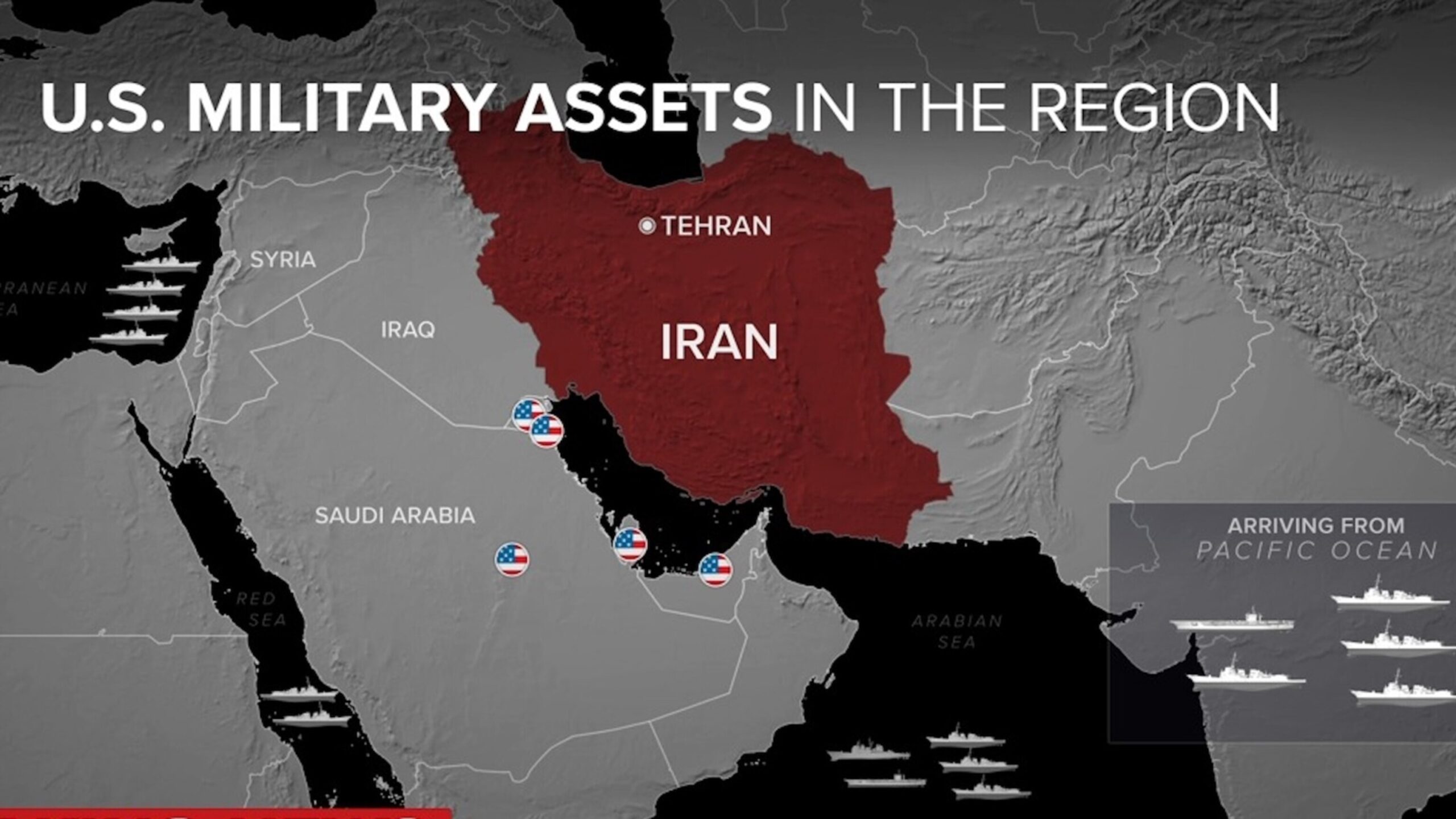
Mumbai, the financial capital of India, is grappling with relentless downpours as the southwest monsoon unleashes its fury in June 2025. The Mumbai heavy rainfall 2025 has triggered widespread disruptions, from waterlogged streets to delayed public transport, leaving residents and authorities on high alert. The India Meteorological Department (IMD) has issued IMD weather alerts Mumbai, forecasting heavy to very heavy rainfall across the city and neighboring regions like Thane, Palghar, and Raigad. With the monsoon impact Mumbai becoming more severe, this article delves into the current situation, its consequences, and expert tips to navigate the deluge.
Mumbai Heavy Rainfall 2025: City Braces for Monsoon Chaos as IMD Issues Critical Alerts
Table of Contents- Mumbai Heavy Rainfall 2025
Mumbai Heavy Rainfall 2025: A Monsoon Onslaught Like No Other
The Mumbai heavy rainfall 2025 marks one of the most intense monsoon spells in recent years. On June 19, 2025, Mumbai recorded 93.38 mm of rainfall, contributing significantly to the city’s June average of 523 mm. Areas like Wadala, Colaba, and Matunga have been hit hardest, with some regions clocking over 100 mm of rain in just 24 hours. The IMD attributes this to the southwest monsoon’s advancement into Konkan and central Maharashtra, coupled with an upper air cyclonic circulation over the Arabian Sea.
The monsoon impact Mumbai has been profound, with low-lying areas like Kurla, Dadar, and Andheri facing severe waterlogging. Public transport, including local trains and buses, has been disrupted, while flight operations at Chhatrapati Shivaji Maharaj International Airport have faced delays. The heavy rainfall has also raised concerns about the city’s infrastructure, which struggles to cope with such extreme weather events.
IMD Weather Alerts Mumbai: What to Expect in the Coming Days
The IMD weather alerts Mumbai have placed the city under an orange alert, signaling heavy to very heavy rainfall through June 22, 2025. A red alert has been issued for Raigad, indicating the possibility of extremely heavy showers. According to the IMD, June 20 will see moderate rain with temperatures between 27.7°C and 30.4°C, while June 21 and 22 are expected to maintain this pattern with maximum temperatures of 30.5°C and 30.1°C, respectively. By June 23, rainfall intensity may decrease slightly, but damp conditions will persist.
The IMD’s forecast highlights high humidity levels (84%) and strong winds up to 38.2 km/h, creating challenging outdoor conditions. Reduced visibility of 7.8 km has prompted authorities to advise drivers to ensure functional wipers and headlights. Residents are urged to carry waterproof gear and sturdy umbrellas to combat the relentless downpour.
Why Is Mumbai Heavy Rainfall 2025 So Severe?
The severity of Mumbai heavy rainfall 2025 can be attributed to several meteorological factors. The early onset of the monsoon on May 26, 2025—the earliest in 75 years—has intensified rainfall activity across Maharashtra. The formation of a low-pressure zone over south Gujarat, combined with an upper air cyclonic circulation, has fueled continuous showers. Additionally, a decade-long study by the Brihanmumbai Municipal Corporation (BMC) reveals a worrying trend: Mumbai has seen a rise in intense rainfall days, with the daily average rainfall spiking from 131 mm (2014–2018) to 182 mm (2019–2024). This increase heightens the risk of flash floods and infrastructure stress.
Monsoon Impact Mumbai: Challenges Faced by the City
The monsoon impact Mumbai extends beyond mere inconvenience, affecting daily life, infrastructure, and safety. Here’s a closer look at the challenges:
Widespread Waterlogging and Traffic Disruptions
Waterlogging remains a persistent issue in Mumbai during the monsoon. On June 16, 2025, Wadala recorded the highest rainfall at 161.4 mm, followed by Matunga at 147.55 mm. Areas like LBS Marg in Kurla West, Gandhi Market in Dadar, and the Andheri subway reported significant flooding, leading to traffic snarls and delays. The BMC’s internal analysis notes that Mumbai experiences rainfall above 100 mm on an average of 16 days annually, with 21 such days recorded in 2024 alone. This trend underscores the city’s vulnerability to waterlogging, despite ongoing drainage improvement efforts.
Public Transport and Flight Operations Hit Hard
The monsoon impact Mumbai has severely disrupted public transport. Local trains on the Central and Western lines have faced delays, leaving commuters stranded. Bus routes have been diverted, and suburban train and metro rail services have been affected. IndiGo Airlines issued a travel advisory on June 16, warning passengers of potential flight delays due to adverse weather conditions. The combination of heavy rain and strong winds has made commuting a daunting task for Mumbaikars.
Safety Concerns and Tragic Incidents
The heavy rainfall has also led to tragic incidents. On June 16, a 13-year-old boy drowned in a water-filled pit, and a tree collapse incident claimed another life. The BMC reported 70 incidents of trees or branches falling on June 16, with the island city recording the highest at 46 cases. These events highlight the need for heightened safety measures during the monsoon season.
Infrastructure Under Strain
Mumbai’s infrastructure faces immense pressure during the monsoon. The city’s drainage systems, despite upgrades, struggle to handle high-intensity rainfall. A BMC official noted that the rise in intense rain days significantly increases the risk of flash floods, particularly in low-lying areas. The city’s aging infrastructure and rapid urbanization exacerbate these challenges, calling for urgent reforms.
H2: How to Stay Safe During Mumbai Heavy Rainfall 2025
With IMD weather alerts Mumbai predicting continued rainfall, residents must take proactive measures to stay safe. Here are some practical tips:
Prepare for Waterlogging and Travel Delays
- Check Weather Updates: Stay informed about IMD weather alerts Mumbai through reliable sources like the IMD website or apps.
- Plan Your Commute: Avoid low-lying areas prone to waterlogging, such as Kurla and Andheri. Opt for elevated routes and check train or bus schedules in advance.
- Carry Essentials: Equip yourself with waterproof bags, umbrellas, and raincoats to stay dry.
Ensure Vehicle Safety
- Inspect Your Vehicle: Ensure wipers, headlights, and tires are in good condition to handle reduced visibility and slippery roads.
- Drive Cautiously: Maintain a safe distance from other vehicles and avoid speeding during heavy rain.
Stay Indoors When Possible
- Work from Home: If feasible, work remotely to avoid travel disruptions.
- Secure Outdoor Items: Tie down loose objects like patio furniture to prevent damage from strong winds.
Emergency Preparedness
- Stock Essentials: Keep a supply of food, water, and medicines in case of prolonged disruptions.
- Emergency Contacts: Save local emergency numbers, including those for the BMC and police, for quick access.
- Stay Hydrated: Despite cooler weather, maintain proper hydration to stay healthy.
The Bigger Picture: Mumbai’s Monsoon Challenges and Solutions
The monsoon impact Mumbai underscores the need for long-term solutions to tackle recurring issues. The BMC’s data highlights a rise in intense rainfall events, with the city recording 28 high-intensity rainfall instances within four hours over the past decade. This trend, coupled with climate change concerns, demands robust urban planning and infrastructure upgrades.
Proposed Solutions for Mumbai’s Monsoon Woes
- Upgrade Drainage Systems: Invest in modernizing Mumbai’s drainage network to handle higher rainfall volumes.
- Urban Planning Reforms: Implement stricter regulations to prevent construction in flood-prone areas.
- Public Awareness Campaigns: Educate residents about monsoon preparedness and safety measures through community programs.
- Green Infrastructure: Promote rainwater harvesting and green spaces to reduce runoff and improve water management.
The Role of Technology in Monsoon Management
Technology can play a pivotal role in mitigating the monsoon impact Mumbai. Real-time weather monitoring systems, like those used by the IMD, can provide accurate forecasts to help authorities prepare. Mobile apps and social media platforms can disseminate IMD weather alerts Mumbai to a wider audience, ensuring timely action. Additionally, AI-driven flood prediction models can help identify vulnerable areas and optimize resource allocation.
Community Efforts and Resilience
Mumbaikars have shown remarkable resilience in the face of Mumbai heavy rainfall 2025. Community-driven initiatives, such as volunteer groups clearing debris and assisting stranded commuters, highlight the city’s spirit. Local businesses and NGOs are also stepping up, providing relief materials and support to affected residents.
Conclusion: Navigating Mumbai Heavy Rainfall 2025 with Resilience
The Mumbai heavy rainfall 2025 has tested the city’s endurance, but it also presents an opportunity to build a more resilient future. With IMD weather alerts Mumbai guiding residents and authorities, proactive measures can mitigate the monsoon impact Mumbai. By upgrading infrastructure, embracing technology, and fostering community spirit, Mumbai can weather the storm and emerge stronger. Stay informed, stay safe, and let’s navigate this monsoon season together.
India Sandesh24 is committed to delivering accurate, timely news to keep you informed. Follow us for the latest updates on Mumbai heavy rainfall 2025 and other critical developments.
Mumbai Heavy Rainfall 2025: City Braces for Monsoon Chaos as IMD Issues Critical Alerts
India Sandesh24 – Monsoon update – Weather Forecast for India’s Major Cities








